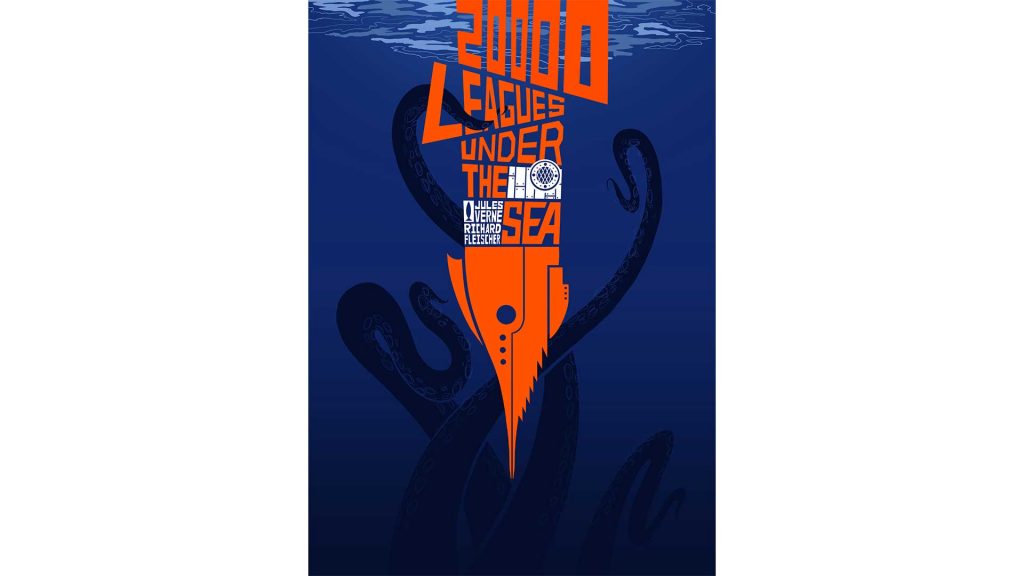(Written for the preface to the catalog of the exhibition
“Jules Verne – 20000 leagues under the sea” – Works carried out by NACAA students
supervised by Jean Baptiste Blanc)
Design questions the uses of tomorrow, it draws them, represents them, gives them form and meaning. it makes them desirable. If the ability to desire what we lack is deeply human, then design is the first humanism. Imagining, planning, building to make up for what we lack is an opportunity to define the borders of your own island of Utopia and more generally of the world in which we want to live tomorrow.
Was Jules Verne a designer?
Obviously yes, in the sense that it gave shape to the world of tomorrow in a context of profound technological breakthroughs. Advances in technology, driven by the new performance of energies, transport and thus communication at the end of the 19th century, made it possible to push back the limits of our understanding of things. Verne speculated on the performance of the machine, and on the greed of Man to understand the world around us and thus benefit from its beauty. Linking humanity, desire, discovery… and technology to empower the notion of progress, such was the project of the designer-writer. one who tells imaginary stories, “stories with images”. Industrial design was born from the desire of a few to find in industrial productions the semantic values of craftsmanship and manual work.
At the beginning of the 20th century, it was a question of finding the Human in productions which left the machine no longer had traces of it. A century later, designers are guided by the same footsteps and the NACAA project is part of this humanist tradition of perpetual search for a better future world.
The student draws the project of the world tomorrow, the one in which he/she wants to live. It thus participates in a tremendous momentum of a youth who must take into consideration their culture – where they come from – which makes it unique while globalization poses the risk of standardization. Deep ruptures in ecological and technological contexts mean that the world will be totally different tomorrow, NACAA trains designers to make sense of it. For peace, for harmony, for beauty…and to continue to marvel like Captain Nemo at the command of the Nautilus of unknown spaces 20,000 leagues under the sea.
